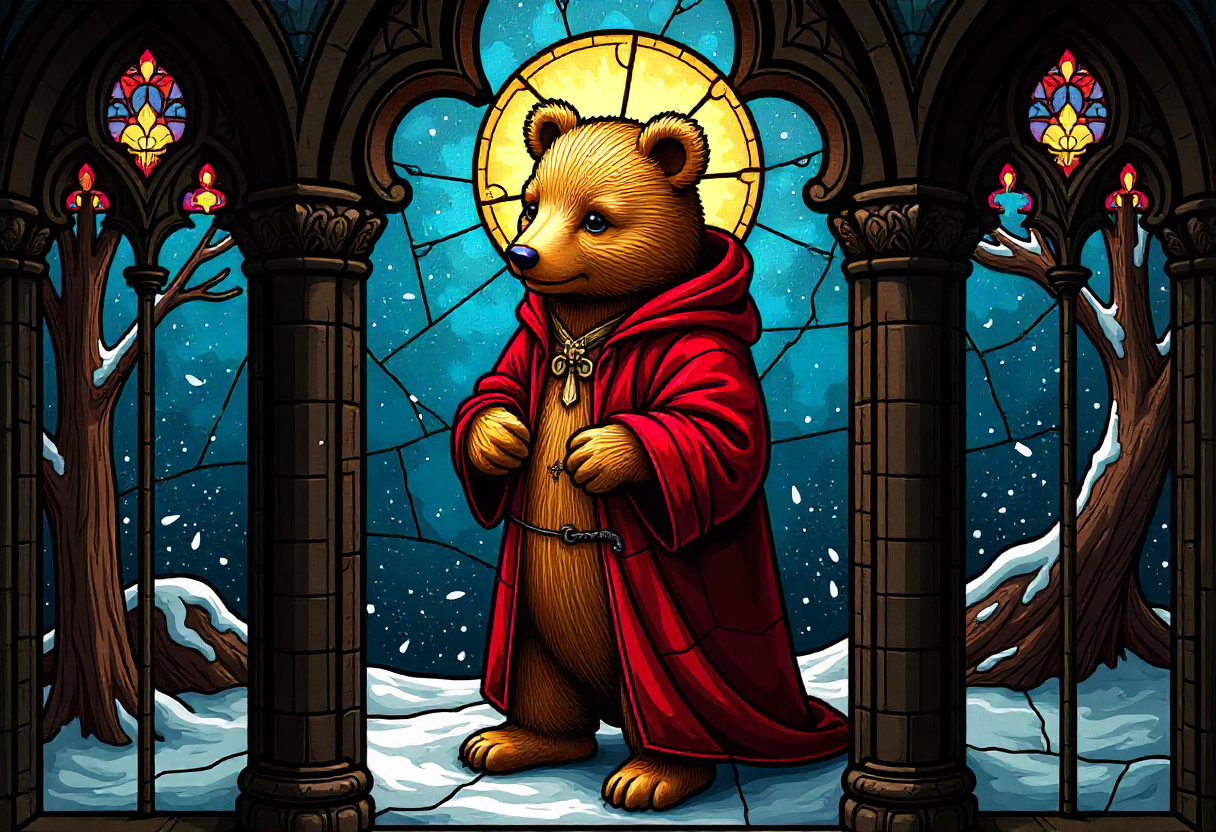Out of nowhere, a strange, quirky name began to appear in captions, memes, design posts, and even as part of digital brand identities—Pabington. Was it a typo? A new brand? A character from a forgotten show? That mystery is exactly what fueled its rise.
Pabington is more than just a word. It has become a symbol—of internet randomness, of branding creativity, and of how easily digital culture turns confusion into curiosity. From Reddit threads to TikTok edits, it has carved out a presence without anyone knowing exactly where it came from. And perhaps that’s the genius of it.
The Accidental Origins of Pabington
The story likely begins as a misreading or parody of “Paddington,” the beloved bear from British literature and cinema. Someone, somewhere, misheard or mistyped the name—and the internet ran with it.
A tweet, an image caption, or a meme might have first joked about “Pabington the bear who remembers too much,” and from there, the name gained a life of its own. No backstory, no product, no explanation. Just a funny, slightly eerie-sounding word that people could project anything onto.
This accidental origin gave Pabington its most powerful trait: versatility. It became a joke, a vibe, and eventually, a branding tool.
From Meme to Meme Stream: How it Went Viral
It became the internet’s blank slate. People inserted it into surreal memes, like:
- “Pabington watches. Pabington remembers.”
- “When the void stares back, it sees Pabington.”
- “Trust the process. Pabington did.”
Its humor wasn’t always logical—but that was the point. It became shorthand for a type of online absurdity that Gen Z thrives on. It didn’t need structure, just vibes.
But unlike most meme characters that fade, it evolved. Designers picked it up. YouTubers named bots after it. Indie brands adopted it for ironic clothing lines. The mystery deepened, and the character grew beyond joke territory into cult branding status.
The Curious Case of Paddington vs. Pabington
Of course, many noticed the similarity between it and Paddington Bear—one a wholesome British icon, the other a glitchy internet enigma. But rather than competing, the confusion only added layers.
Blogs, like those on ADD Magazine and design agencies, began writing about the “Paddington vs. Pabington” mix-up. This misidentification became a symbol of how digital culture fractures identity. In one context, you’re a beloved bear. In another, a surreal branding mascot. And maybe both are valid.
The juxtaposition gave marketers and creatives an idea: what if it could be intentionally used to reflect duality, uncertainty, and modern identity?
Pabington as a Branding Phenomenon
Fast-forward to today:It is now a branding symbol, adopted by indie clothing brands, digital creators, tech startups, and even experimental AI products.
Why? Because it carries no fixed definition. That makes it adaptable to:
- Minimalist logos with a mystery vibe
- Tech apps aiming for irony-meets-utility aesthetics
- Wellness brands targeting introspection through design
- Gen Z-focused fashion with glitchcore or vaporwave styles
In branding, this flexibility is gold. It allows for storytelling without constraint, emotion without strict symbolism.
The Design of Pabington
So what does it look like?
Designers have interpreted it in multiple ways:
- A floating, eye-like orb with a shadowy outline
- A bear with glitchy features and no mouth
- A soft, cloudy creature with big eyes and a pixelated outline
- A rotating logo with the word “Pabington” fading in and out
There’s no “correct” depiction. That freedom reinforces the mythology. Pabington is what you make of it, both visually and emotionally.
Why Pabington Resonates with Gen Z and Internet Natives
Gen Z grew up questioning the polished identities of brands. They prefer self-awareness, humor, and subtle chaos. It checks every box:
- It’s undefined: You can’t Google a clear origin.
- It’s weirdly emotional: The memes feel strangely profound.
- It’s low-key funny: But not in a forced way.
- It mirrors digital life: Blurry, fast-moving, slightly surreal.
Pabington doesn’t tell you what it is. It lets you decide. That ambiguity becomes a form of emotional ownership, especially for online audiences seeking connection in chaos.
Where Pabington Is Headed Next
Is Pabington here to stay? If internet history has taught us anything, it’s that some memes evolve into icons. Just look at Doge, Pepe the Frog, or Wojak. It fits that mold—mysterious, adaptable, meme-native.
Expect to see:
- Pabington NFTs and digital collectibles
- Pabington AI avatars used in chat tools
- Pabington-core aesthetics in fashion drops
- Pabington-coded branding in mental health or mindfulness tech
As irony becomes sincerity and absurdity turns into art, it is poised to become a symbol of digital duality—funny and serious, clear and cryptic, old and new.
Conclusion:
It is more than a name—it’s a modern myth in real time. A meme born from a mishearing, nurtured by internet culture, and adopted as a visual identity by those who see branding as a canvas—not a box.
It reminds us that not everything needs an origin story to matter. Sometimes, things just feel right. And sometimes, a name like Pabington is all it takes to start a conversation, a brand, or even a cultural movement.
So the next time you see it, whether in a glitch meme or a sleek logo—don’t ask, “What is this?” Instead, ask, “What does this mean to me?”
FAQs About Pabington
Is Pabington a real word or brand?
Originally, it was a meme or misheard term, but it’s now used in branding, design, and internet culture.
Does Pabington have an official logo?
No official version exists. Its fluid identity is part of its appeal.
What does it represent?
It symbolizes paradox, creativity, irony, and modern digital identity.
Why is to compared to Paddington?
The names sound similar, and many believe it originated as a typo or parody of Paddington Bear.
Can I use Pabington in my brand?
Absolutely—its undefined nature makes it open-source in spirit, though you should craft your own visual and narrative spin.
